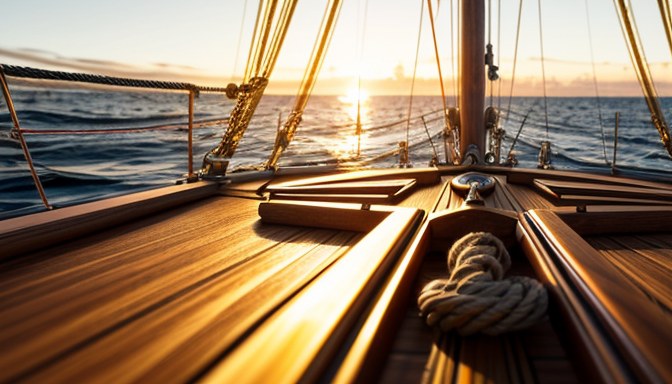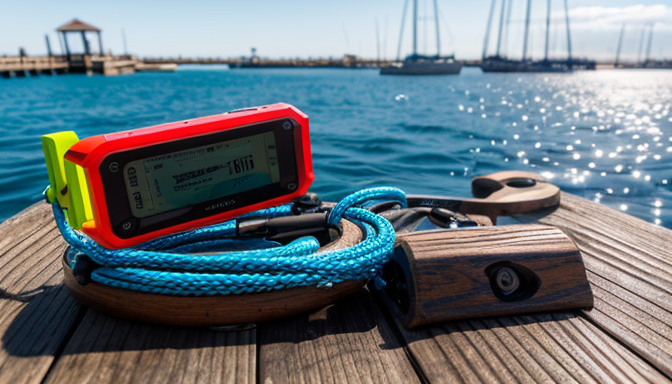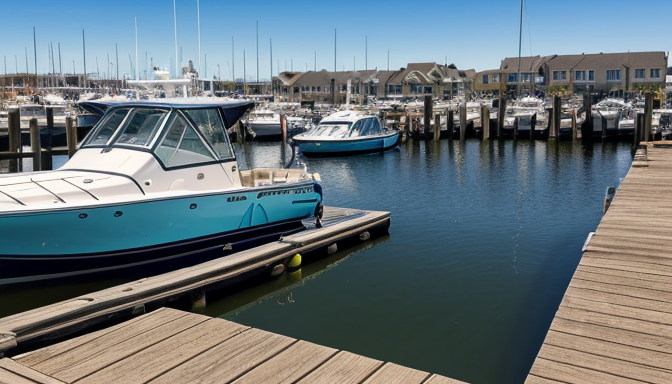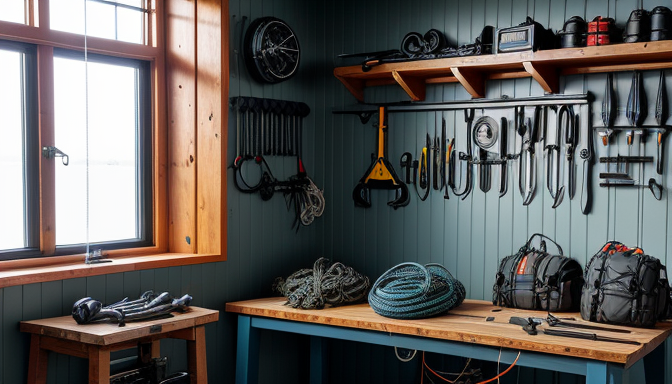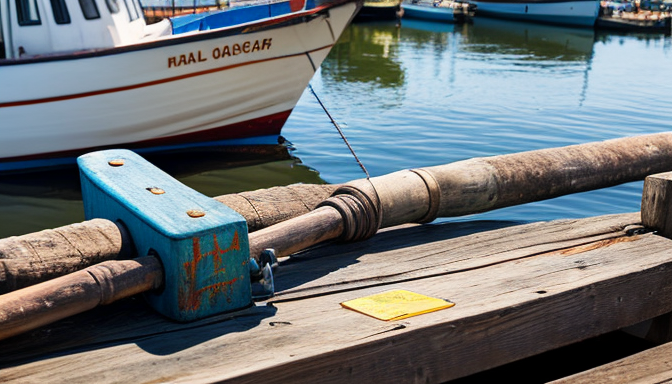From Novice to Pro: Essential Gear for Every Sailor
Sailing is more than just a hobby; it’s an adventure that connects you with nature and challenges your spirit. Whether you’re a beginner or a seasoned mariner, having the right gear can make all the difference. Imagine setting sail with confidence, knowing you have everything you need to navigate the waves and tackle whatever the sea throws your way. Essential gear not only enhances your experience but also ensures your safety on the water.
When diving into the world of sailing, it’s crucial to start with the basics. Think of your gear as the foundation of a sturdy ship; without it, your journey might be rocky. From marine electronics that keep you connected, to tools that help you maintain your vessel, each piece plays a vital role. You wouldn’t embark on a road trip without a map, right? Similarly, having the right equipment is key to smooth sailing.
As you progress from novice to pro, you’ll discover that your gear needs will evolve. For instance, while beginners might prioritize comfort and basic safety, seasoned sailors will look for high-tech navigation systems and durable tools. Here’s a quick overview of what to consider:
| Gear Type | Novice Needs | Pro Needs |
|---|---|---|
| Sailing Clothing | Comfort and weather protection | Advanced materials and layering |
| Safety Equipment | Basic life jackets and flares | Advanced first aid kits and EPIRBs |
| Navigation Tools | Basic compass and maps | GPS and advanced marine electronics |
In conclusion, gearing up for your sailing journey is about more than just the gear itself; it’s about ensuring a safe and enjoyable experience on the water. So, whether you’re just starting or looking to upgrade, remember that the right equipment can transform your sailing adventures from ordinary to extraordinary!
Choosing the Right Sailing Clothing
When it comes to sailing, choosing the right clothing can make or break your experience on the water. Imagine being out there, the wind in your hair, but feeling cold and wet because you didn’t dress appropriately. Yikes! So, let’s dive into the essentials that will keep you comfortable and safe while you navigate those waves.
First off, layering is key. Think of it as building a protective fortress around yourself. Start with a moisture-wicking base layer to keep sweat away from your skin. Next, add an insulating layer, like fleece, to trap warmth. Finally, top it off with a waterproof and breathable outer layer to shield yourself from rain and wind. This combination ensures that you’re ready for whatever Mother Nature throws your way.
Now, let’s talk about materials. Not all fabrics are created equal when it comes to sailing. Look for quick-drying and lightweight materials that won’t weigh you down. For example, nylon and polyester are great choices because they resist water and dry quickly. And don’t forget about the importance of UV protection! A good sailing shirt with built-in sun protection can save you from a nasty sunburn.
Lastly, don’t overlook accessories. A good pair of sailing gloves can protect your hands from ropes and provide better grip. And let’s not forget a wide-brimmed hat and polarized sunglasses to shield your eyes from the sun’s glare. Remember, being comfortable and protected is the name of the game when you’re out on the open water!
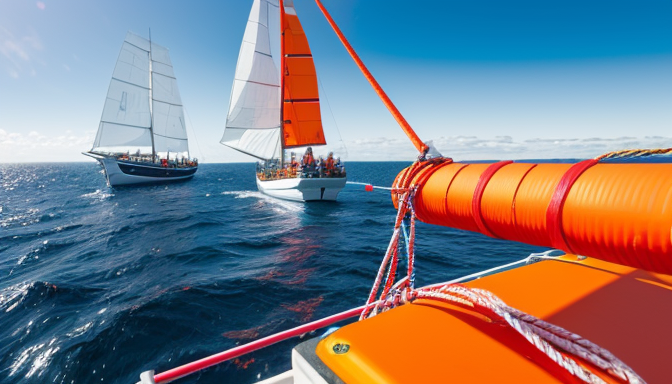
Must-Have Safety Equipment
When it comes to sailing, safety should always be your top priority. Imagine being out on the open water, the wind in your hair, and suddenly facing unexpected challenges. That’s where comes into play, ensuring you’re prepared for any situation. Think of it as your sailing insurance policy—one you can’t afford to skip!
First and foremost, every sailor needs a reliable life jacket. This isn’t just a recommendation; it’s a necessity. A life jacket can mean the difference between life and death in an emergency. Choose one that fits snugly and is comfortable enough to wear for hours. Don’t forget to check the buoyancy ratings, as they vary by design and intended use.
Next up, flares are essential for signaling distress. These little devices can attract attention when you need help the most. Make sure you have at least three types: handheld, aerial, and smoke signals. Just like having a good map, having the right flares can guide rescuers to your location in a pinch.
And let’s not overlook a well-stocked first aid kit. You never know when a minor cut or scrape might turn into something more serious. Equip your kit with band-aids, antiseptic wipes, and any personal medications. It’s like having a mini hospital on board, ready to tackle any bumps along the way.
In conclusion, investing in quality safety equipment is crucial for a smooth sailing experience. Remember, it’s not just about having fun; it’s about being prepared for whatever the sea throws your way!
Frequently Asked Questions
- What type of clothing should I wear while sailing?
When sailing, it’s essential to wear clothing that is both comfortable and protective. Look for moisture-wicking materials and consider layering to adapt to changing weather conditions. Don’t forget a waterproof jacket!
- Why is safety equipment so important for sailors?
Safety equipment is crucial because it prepares you for unexpected situations on the water. Items like life jackets, flares, and first aid kits can be lifesavers, ensuring that you’re ready for anything from minor accidents to emergencies.
- How do I choose the right life jacket?
Choosing a life jacket depends on your weight, swimming ability, and the type of sailing you’ll be doing. Make sure it fits snugly and is Coast Guard-approved for maximum safety.
- What should I include in my sailing first aid kit?
Your first aid kit should include band-aids, antiseptic wipes, pain relievers, and any personal medications. It’s also smart to add a CPR mask and a guide on basic first aid procedures!
- How can I ensure my gear lasts longer?
To extend the life of your sailing gear, always rinse it with fresh water after use, store it in a cool, dry place, and regularly check for any wear and tear. Proper care goes a long way!
